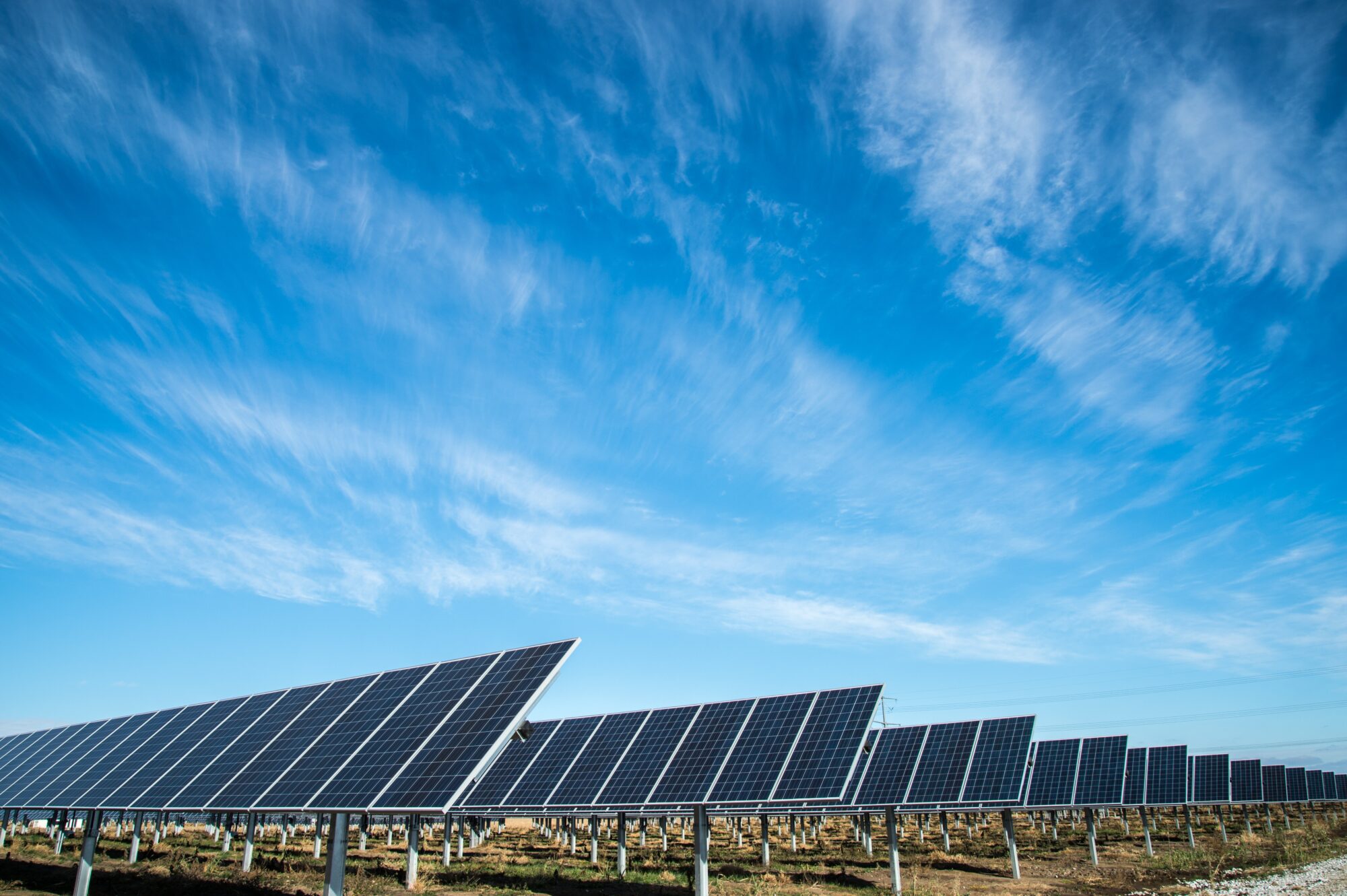
The rollout of solar power in the EU is going better than expected, at least in terms of installation.
According to an analysis by the lobby group SolarPower Europe, the bloc is well on track to meet its self-imposed goals for solar power, with several countries set to exceed their targets.
Other analysts wonder what the EU will do with all that new electricity. According to the analysis of member states’ most recent National Energy and Climate Plans—each country’s blueprint for increasing ‘renewable’ energy between 2021 and 2030—the bloc will exceed the EU Commission’s target of 750 GW of installed solar power by 2030.
According to Solar Power Europe, member states have, altogether, added 90 GW of planned solar ambition to be installed by 2030. The additions bring the total target to 425 GW of solar by 2030. However, given that several countries have already reached their 2030 targets, or are on track to do so ahead of schedule, the forecast is for 150 more GW of solar than even the Commission had hoped for.
“Modelling current installation trends, we can see reality already outstripping this level of ambition,” Solar Power Europe said in a statement. “According to the latest research, SolarPower Europe anticipates a most-likely scenario where over 900 GW of solar capacity will be installed in the EU by 2030.”
According to the organisation, Lithuania has increased its solar power targets by 500%. Finland, Portugal, Slovenia, and Sweden have more than doubled their previous targets, and Spain increased its targets by 94%.
At the same time, four EU countries have already reached their 2030 solar power targets; 19 countries will most likely reach them by 2028; and another four will hit their targets between 2027 and 2030.
In 2022 alone, member states altogether added 41 gigawatts of new solar capacity, which represents a 40% increase from 2021 and double what was installed in 2020.
The war in Ukraine provided the immediate catalyst for countries to increase solar capacity in the last two years, but the expansion is built on the foundation of cheap manufacturing of solar panels in China, which gained the lion’s share of the market years ago at the expense of European companies.
Now, some in the industry are fearing that the boom may soon prove to be a financial bust.
Solar power is turned into electricity, but demand for this form of energy is not increasing with solar installations. Take one of Europe’s sunniest countries for example.
In 2013, according to data from Red Eléctrica, the electricity demand in Spain was 260,500 GW. So far in 2023, ten years later, the country has consumed 120,000 GWh, which is, furthermore, 4.4% less electricity consumption than in the same period of the previous year. It will likely not hit 250,000 GW of electricity consumption by the end of the year, meaning electricity consumption will be even less than in 2022.
The drop is slight but significant when planning for an increase in electricity consumption, such as anticipated by the transition away from fossil fuels toward solar and wind that is converted into electricity.
Experts cite several reasons. On the positive side, the decrease in electricity consumption is due in part to gains in efficiency that have meant that less electricity is needed. Negatively, lower demand is also due to high energy prices causing some industries to slow down or even shut down. Self-production and consumption have also increased. The drop in solar panel prices and the introduction of renting solar panels have made home installation more widely feasible, allowing households to buy less electricity from the grid.
At the same time, the energy transition anticipates an increase in consumer electricity use for automobiles. But while solar panels seem to be turning into household appliances, the uptake of fully electric vehicles is lacklustre compared to industry hopes.
High energy prices incentivized investments in solar energy in the last several years and made them profitable, but as happens in speculative markets, the best cure for good prices is good prices. The mass implantation of renewables has increased the availability of electricity while demand has not increased. Naturally, prices have dropped.
Economía Digital traces the case of the electricity firm Acciona Energía. During the first half of 2022, it enjoyed selling electricity at wholesale prices of €169 per megawatt hour, but now those prices have fallen to €112 in the Spanish market. The result is a 30% drop in profits.
“As it is, for some time now, many companies have entered into pronounced phases of divestment or sale. They have begun to doubt that accumulating installed energy in a massive way can generate profits,” the news site analysed the situation.
While some ecologists are calling for building on solar power success, it seems government plans will eventually meet market realities, perhaps even before 2030.
